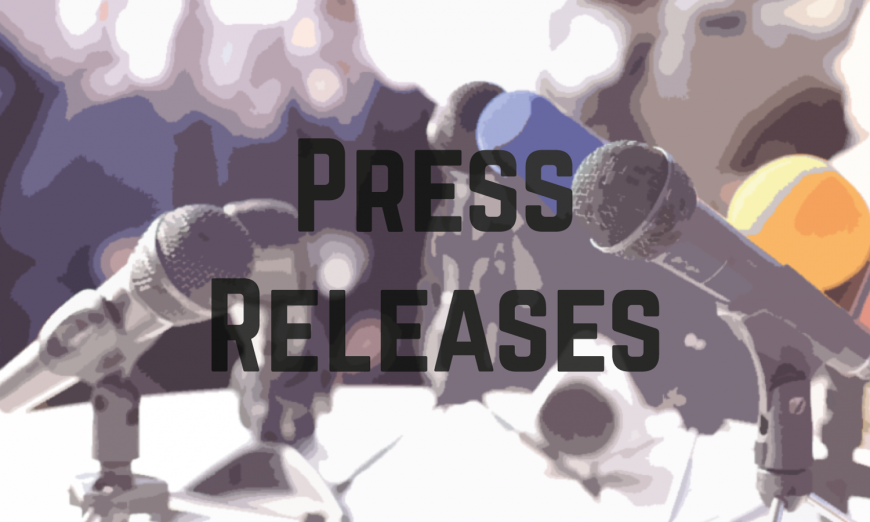01.02.2010
Lack of data on the indigenous population often results in Governments not setting specific goals for indigenous peoples in their national socio-economic development strategies. “We believe this is going to be crucial for Governments and for the UN to address more seriously and comprehensively the issues of indigenous people,” Tauli-Corpuz said. “It’s very daring and bold in a sense because it does identify countries and the situation of indigenous peoples in various countries both in the developed world as well as in the developing world.”
According to the report, the world’s indigenous population has been estimated at 370 million individuals living in more than 70 countries. They are defined as having their own history, language, culture, political systems, livelihoods, beliefs and identity. There are 5000 different indigenous groups and almost the same number of languages used by indigenous communities worldwide. In many countries more than 50 per cent of the indigenous population live in cities.
Although they make up five per cent of the world’s population, indigenous peoples represent 15 percent of the world’s poor. Over the last three decades they have moved from their traditional lands towards urban areas partly seeking opportunities for education and employment, partly because of human rights abuses and violations in particular to their land rights and partly for cultural survival.
Despite progress in the implementation of international human rights norms and standards over the past 40 years – be it through law or national dialogue efforts – the full realization of indigenous peoples’ rights remains only an ideal in many countries.
In developing as well as developed countries, indigenous peoples are still the daily victims of violence, assimilation policies, forced displacement and dispossession of their lands for commercial exploitation.
“After centuries of repression, they need comprehensive tools to defend their human rights, their way of life, and their aspirations. One such tool is the UN Declaration on the Rights of Indigenous Peoples,” says UN High Commissioner for Human Rights Navi Pillay. “We must step up our common efforts to make the Declaration something more than a mere pledge of intent. We must translate its letter and spirit into concrete change — change that can be felt in indigenous peoples’ daily lives.”
The report further states that today, of the estimated 70,000-87,000 Batwa or Forest Peoples living in the Great Lakes Region in Africa, only one tenth has direct access to the forest. In parts of Asia-Pacific, allegations have been made of the abuse of indigenous peoples at the hands of military forces. A sizeable gap persists between the number of years of schooling attended by indigenous and non-indigenous children in several countries in Latin America. Almost a quarter of Native Americans and Alaska Natives live under the poverty line in the United States.
Not only are indigenous peoples discriminated against by States and their authorities, but their marginalization also manifests itself in their social interactions. Furthermore, estimates indicate that more than one in three indigenous women worldwide have been or will be raped in their lifetime.
The publication also analyses emerging issues which need to be addressed by Governments in the near future. Among those: the lack of specific data and policies to address indigenous peoples issues; inclusive processes to resolve conflict; displacement; migration and urbanization of indigenous peoples; and indigenous persons living in voluntary isolation. The report noted that the adoption of the United Nations Declaration on the Rights of Indigenous Peoples in 2007 has given indigenous peoples and the international community a framework to tackle these issues.
http://www.ohchr.org/EN/NewsEvents/Pages/WorldIndigenousReport.aspx

